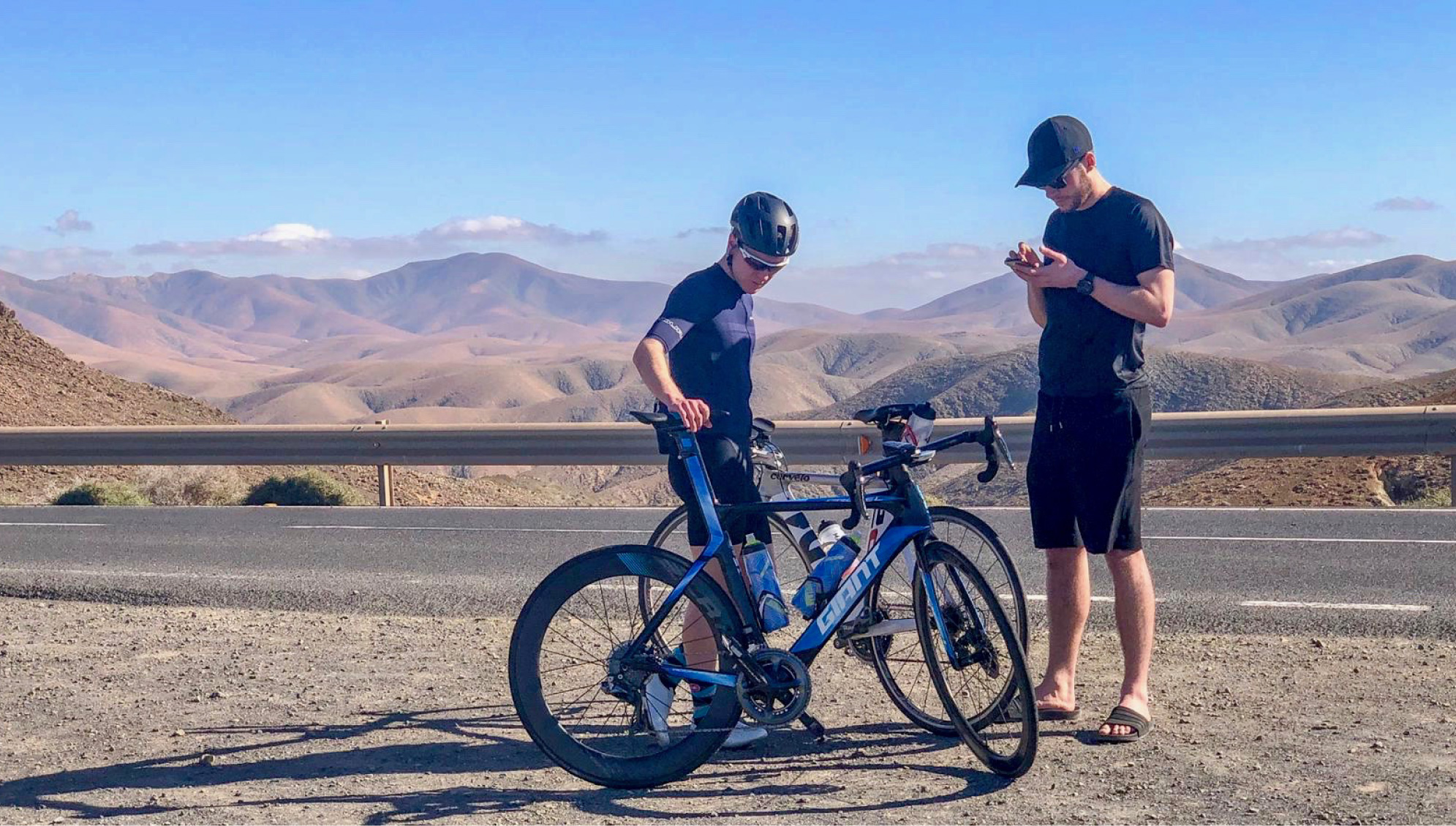
16 Apr TSS- Training stress score
We use training peaks to deliver and comment on sessions for athletes along with many other software programmes and for those familiar with the platform, training stress score or TSS will be a familiar phrase.
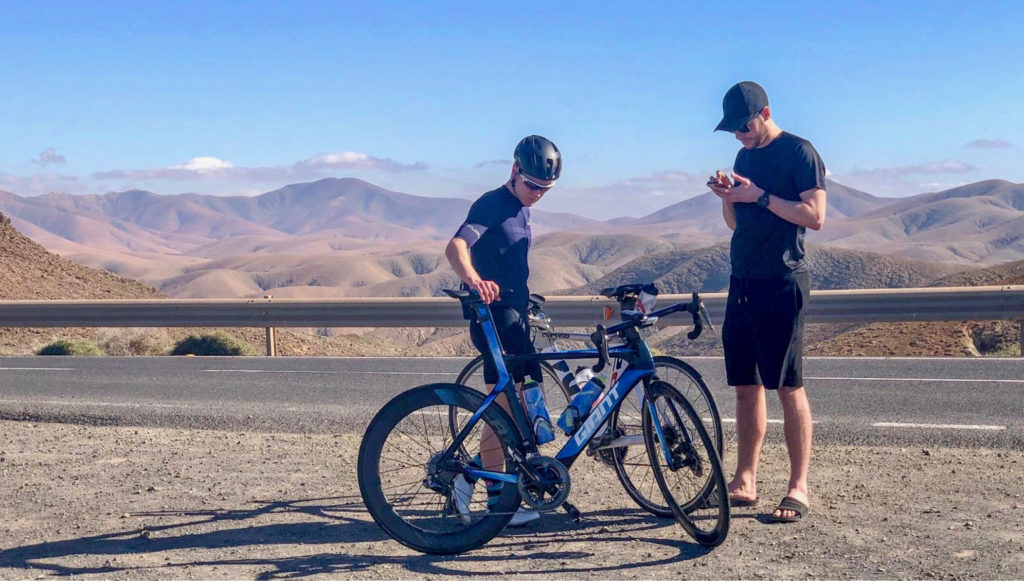
So what is it?
In simple terms training stress score is the function of the volume and intensity of the session. The key parameter on which this is based is your threshold pace or power, however you may determine that individually. One hour of training at your given threshold pace or power will result in 100TSS. And so it goes that if you train for longer or train harder your score will stack up.
How is that relevant to structuring my training?
Under the assumptions that you have a good idea of your threshold pace or power and it is updated accordingly as you progress, TSS can give you a loose idea of how to progress your loading over time. In the same way you may increase your volume gradually or the intensity of a session over the course of a training block you can use TSS in a similar way.
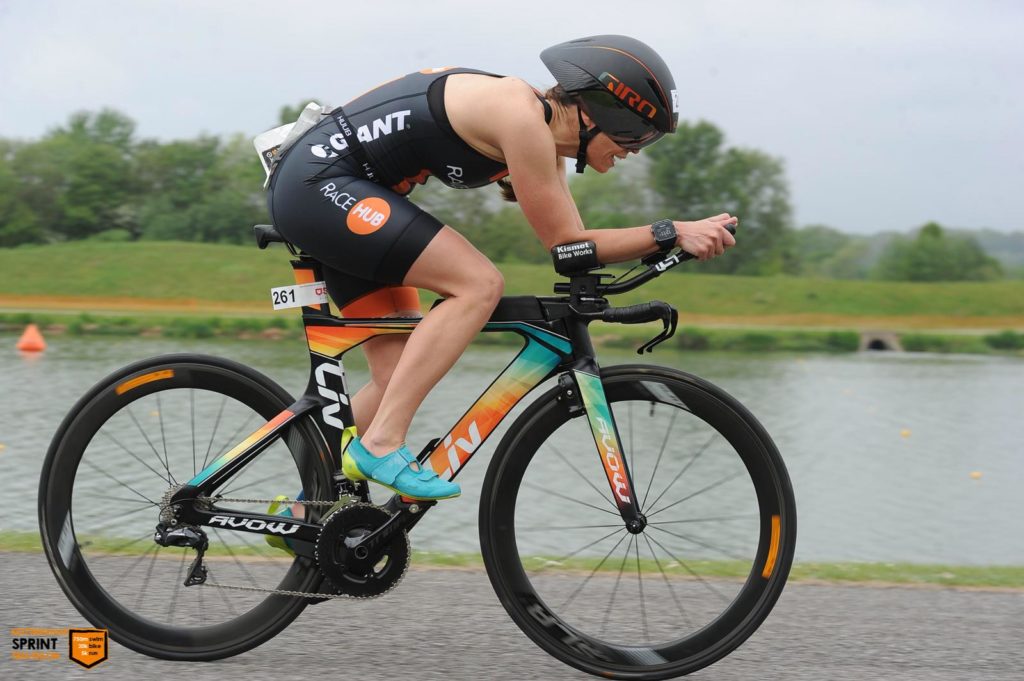
Training Peaks charts the long (CTL) and short (ATL) accumulation of your TSS to give you an idea of your current form. This basically rides on the principle that if you have completed a lot of training and then have had some rest your are fresh (+ ), or if you have suddenly increased training substantially you are fatigued (-). Balancing these will help to determine the overload required within a training block for adaptation.
This may be especially poignant in the current circumstances in that steeply increasing your training load is likely to have a negative impact on your immune function. Week to week try to ensure that progressions in TSS does not exceed 10%. Furthermore try not to deviate from the durations of sessions that your body has accustomed too and the time spent at certain intensities. In other words, work within your own context for planning your training and certainly ensure any progression is carefully graded over time. If you’re interested in the literature, Neil Walsh has published some excellent papers on immune function in athletes.
What if I’m under or over my TSS targets?
This is where problems regularly occur with monitoring sessions too closely. TSS is not a completely accurate value and more so a loose guide to help with basic principles of training. You will have daily fluctuations in your sustainable power and so using that at as a stable function will not always align. Sticking rigidly to these targets is likely to over or under do your performance during any given session. Once you have a good feel of the intensity yourself, use this as your primary variable during a session and then use the data to build a bigger picture around that going forward. For example if you feel better than the intensity prescribed for intervals after some weeks then push on, conversely if you feel sore and the intensity is too high for steady work then slow down.
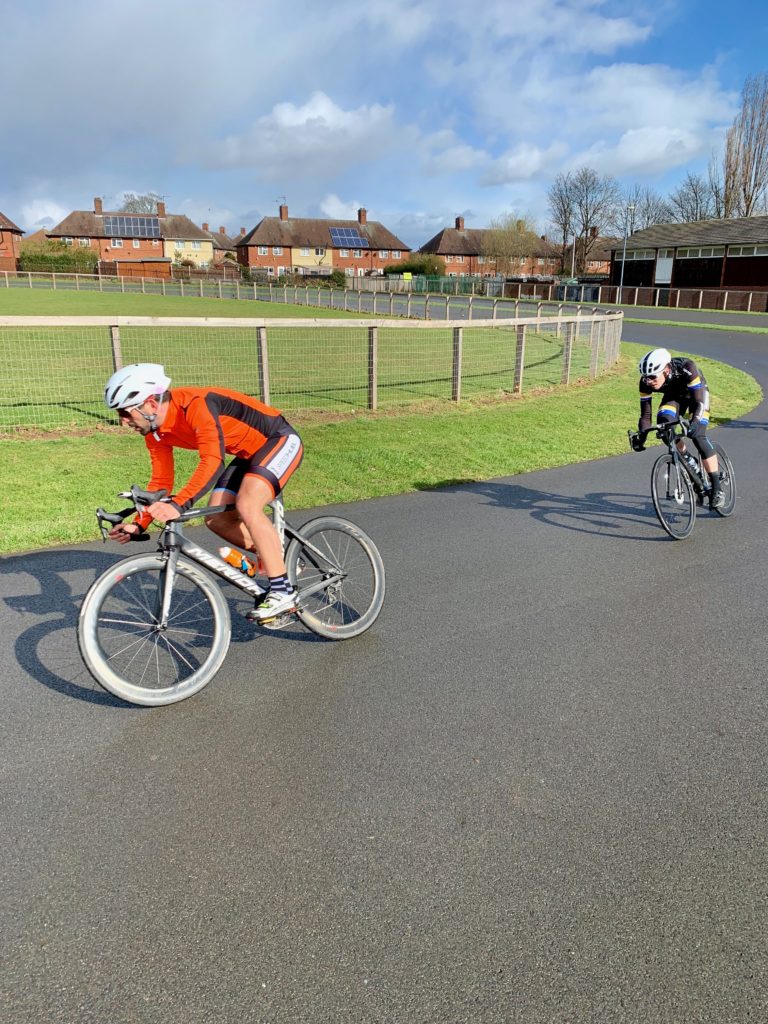
There have been countless examples of athletes performing far better under a lower long term TSS score (CTL) so it certainly is not the be all and end all of your training. As long as you recognise what it is used for and don’t become over reliant on it, it can be a great additional tool to athlete monitoring alongside many others, including simply how you feel during any given session.
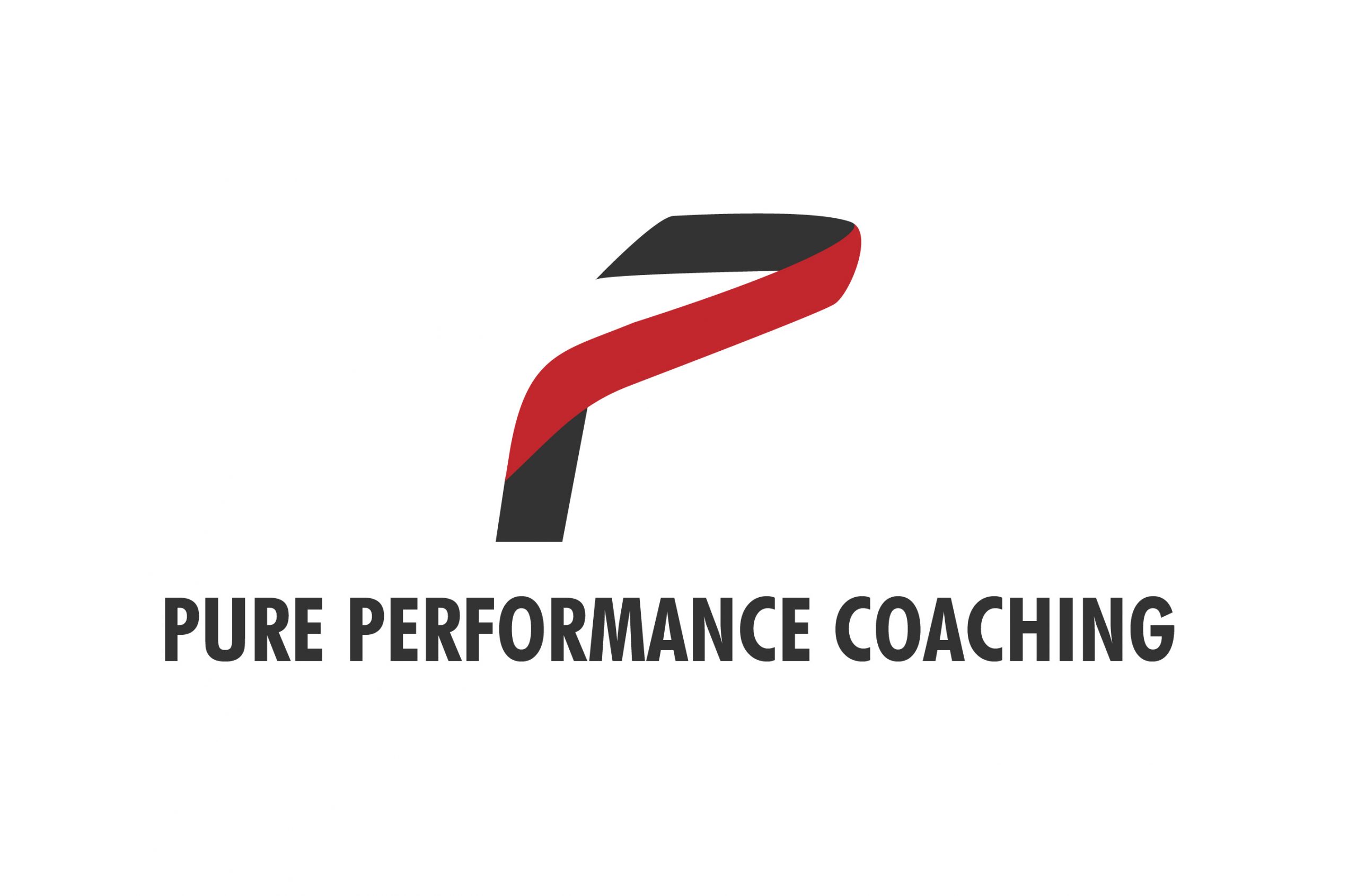

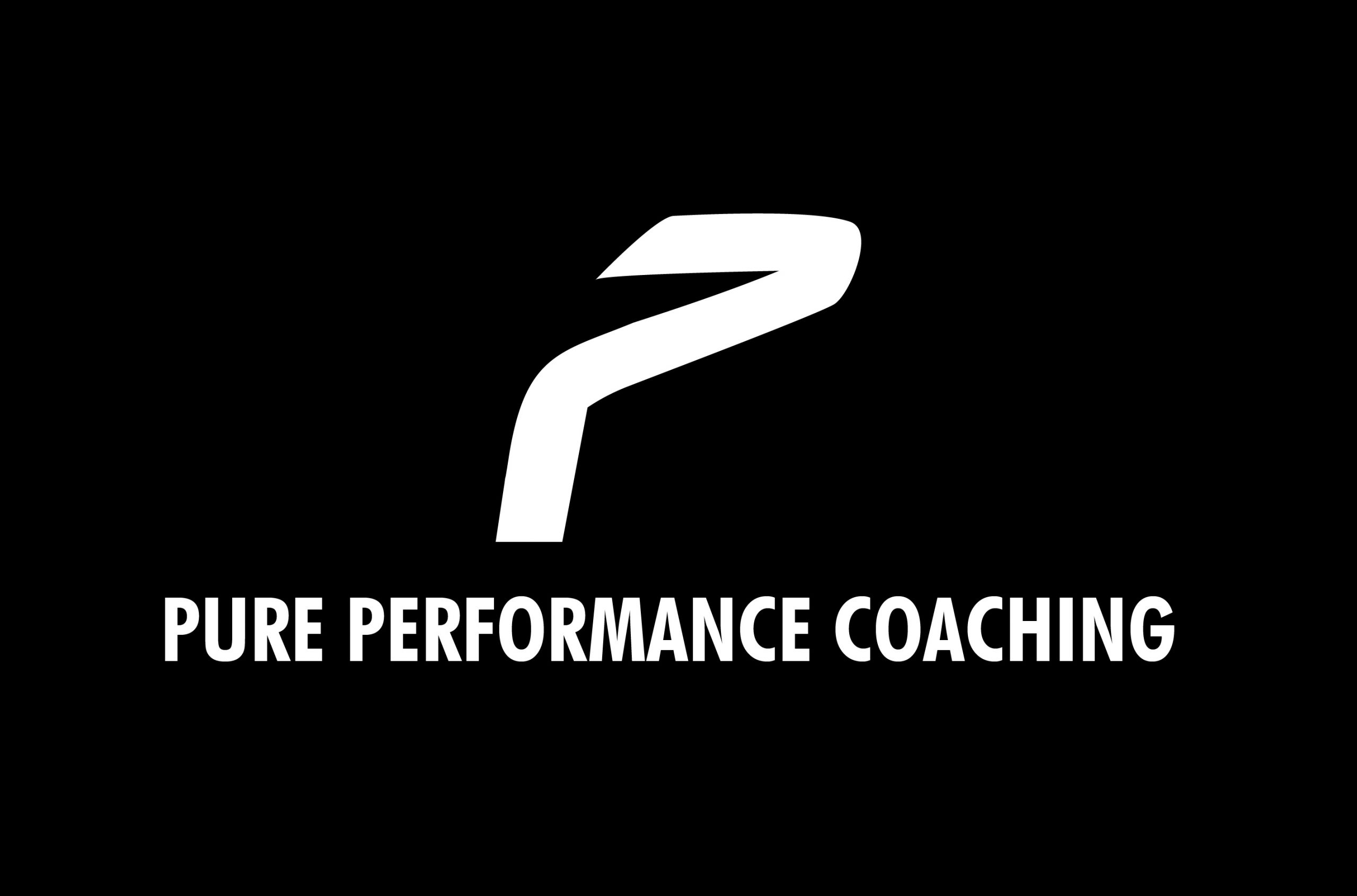
No Comments